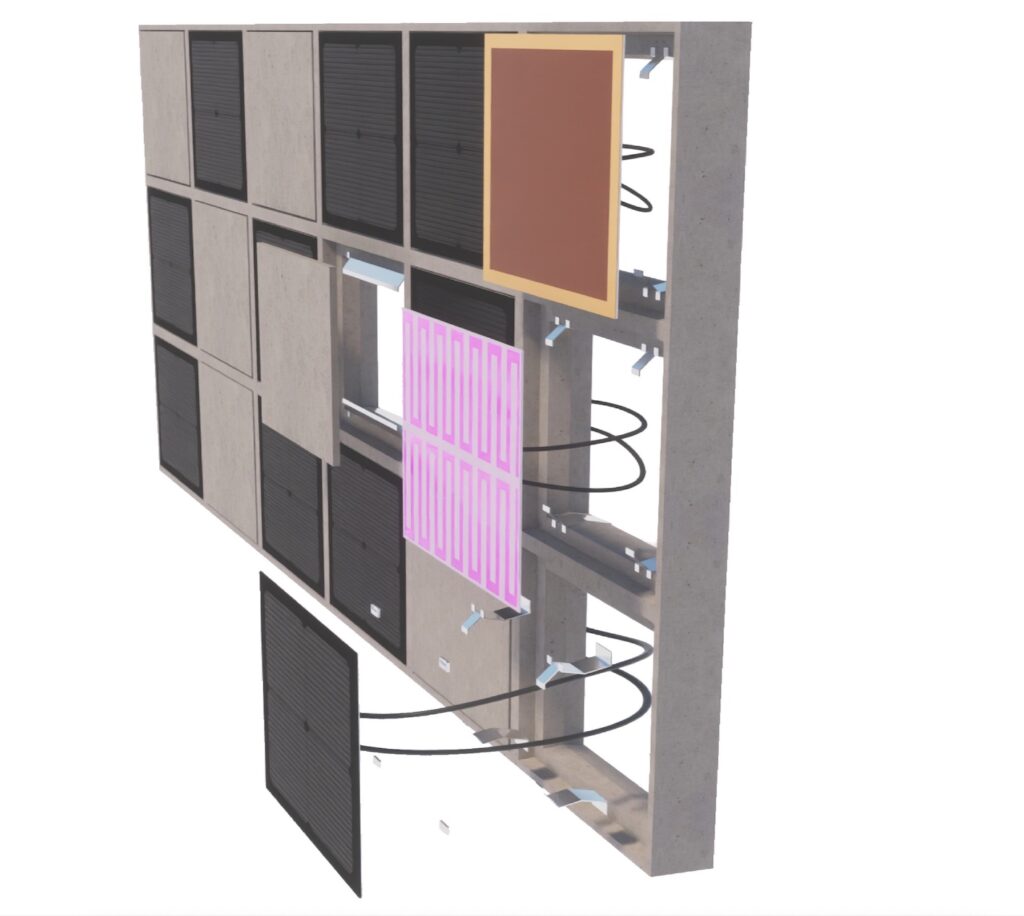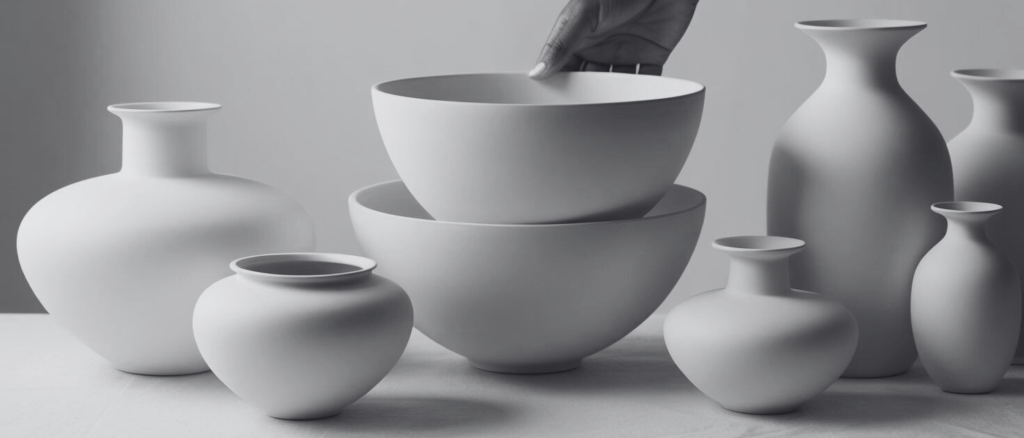nomadic female architecture
The female Somali nomadic architectural tradition represents a remarkable example of the symbiosis of culture, gender, and craftsmanship in nomadic societies. In Somalia, where nomadism is deeply rooted in the culture, women play a central role in constructing traditional dwellings known as Aqal. These mobile shelters, characterized by their round shape and stability, are built from readily available and sustainable materials such as wood, willow rods, and animal hides.
Sustainable Materials and Techniques
A significant aspect of this architecture is the ability to dismantle and recycle materials after use. The wooden poles and willow rods that form the frame of the Aqal, along with the animal hides used as coverings, can be easily disassembled and reused at a new location. These sustainable and resilient techniques, which have been employed in nomadic communities for centuries, are now gaining attention in the Global North as “Urban Mining.” This strategy, focused on the recovery and reuse of materials, is marketed as an innovative solution, despite being deeply rooted in the traditions of many indigenous peoples.
Gender and Craft
Female Somali architecture is exclusively built by women and is distinguished by aesthetically woven and artfully constructed structures. These artisanal techniques reflect not only the creative expression of the women but also their deep-rooted knowledge of materials and construction processes. In contrast, the construction industry in the Global North has traditionally been male-dominated. This gender-specific disparity underscores the uniqueness and cultural significance of the female architectural tradition in Somalia, where women are recognized and valued as the primary actors and preservers of the architectural heritage
Aesthetic and Adaptive Practices
The aesthetic dimension of the architecture created by Somali nomadic women is intentionally designed and experimental. The women use their constructions not merely as functional structures but also as a means of storytelling and reflecting on the passage of time. These creative practices enable them to artistically interpret and document their environment and social changes. By adapting their techniques and designs to current needs and challenges, they demonstrate remarkable flexibility and innovation, deeply rooted in their cultural identity. Such architectural expressions illustrate how traditional knowledge and artistic innovation can merge to create sustainable and meaningful living spaces.



